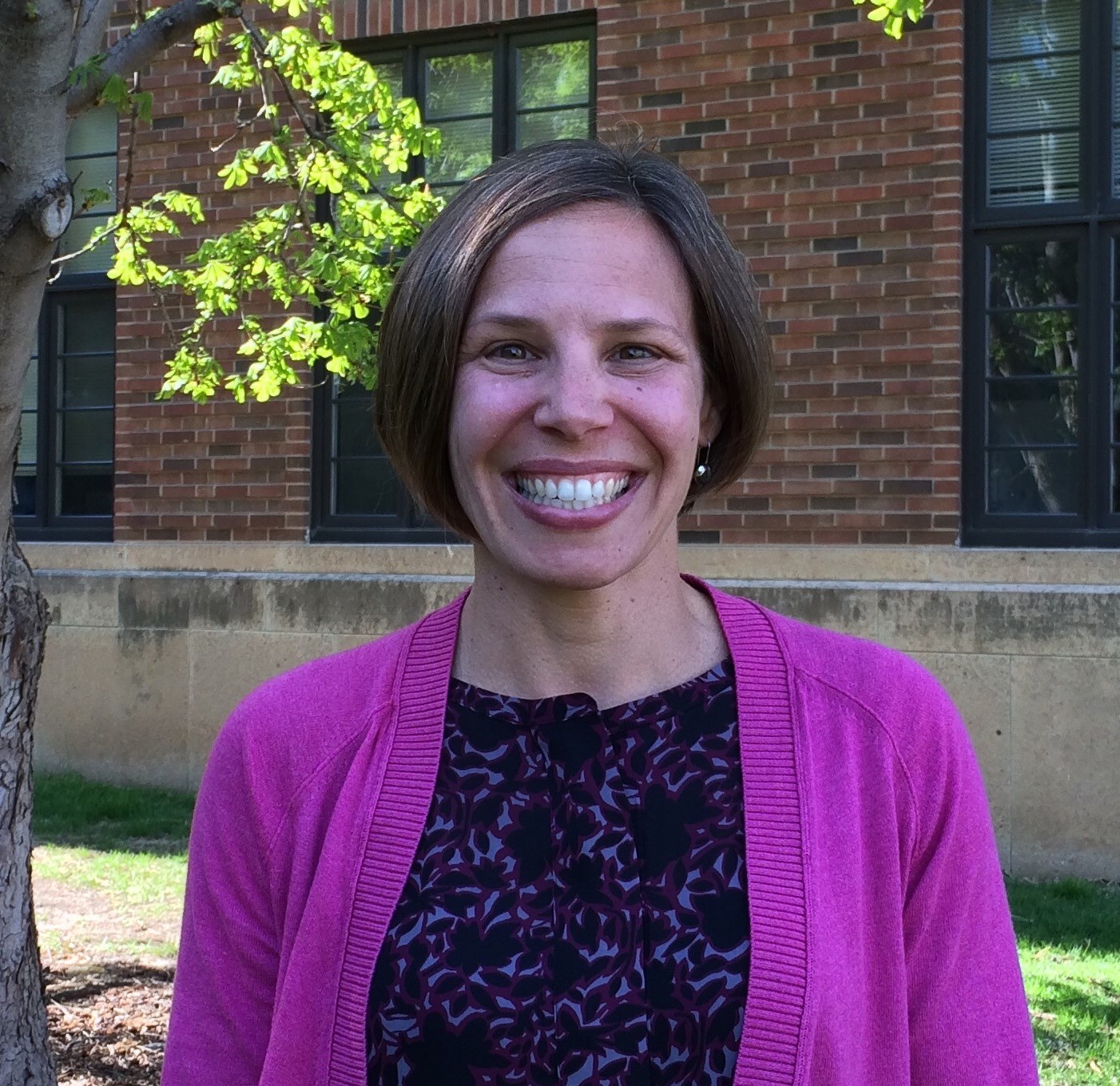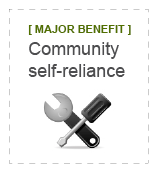Remove barriers to and encourage installation of renewable energy generation capacity.
Best Practice
Best Practice Actions
a. Promoting a local utility's green power purchasing program that allows residents/businesses to order/buy new renewable energy.
b. Creating and sharing a map of the community’s solar resource and/or linking to the Minnesota Solar Suitability App.
c. Connecting residents/businesses with the Solar Directory for potential installers.
d. Hosting a community-wide solar bulk-buy program or campaign (also called "solarize" programs).
a. PACE for commercial property owners to install renewable energy systems, energy efficiency measures and EV charging infrastructure for existing or new construction.
b. Local, state and federal financial incentives for property owners to install renewable energy systems.
c. Local utility renewable energy production incentives and rebates.
a. Serving as a host site for a community solar garden.
b. Facilitating development, by the municipal utility or other entity, of a community solar garden for residents.
c. Participating in a community solar garden to ensure accessibility and availability to low-income residents.
a. Fueled by sun, wind, or biogas.
b. Fueled in part or whole by manure or woody (EAB) biomass, optimized for minimal air and other environmental impacts and for energy efficiency and water conservation.
c. Distributing heating/cooling services in a district energy system.
d. Producing combined heat and power; using a microgrid.
e. Energy storage integrated into a renewable energy installation.


